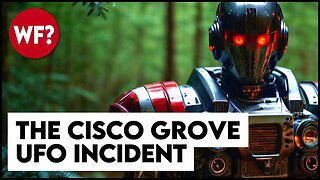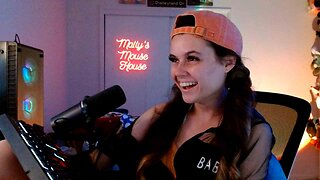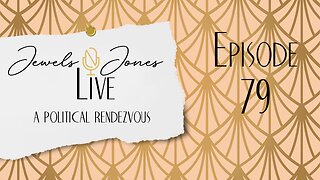Nosferatu
This film needs no introduction. It is iconic and still has the best vampire portrayal in Max Schreck’s Count Orlock, even after all the on-screen Draculas since 1922.
Much has been written about this film so I defer to others’ commentaries. I will say that I found this film genuinely creepy. This is partly due to the black and white cinematography, combined with the memorable character of Count Orlock. Finally, the silence itself invites one’s imagination and nothing is as frightening as that.
It was tempting to use synthesizers, instrument effects, and creepy sounds to enhance the atmosphere of the film. While there are some of that such as background drones and odd sound clusters, I ended up relying on traditional orchestral instruments for the majority of the score. The string section in particular offered me the best entry into that dark melancholy with a constant hint of the lurking threat.
I also did my best to avoid adding too many instruments in order to create a thick orchestral sound. As the composing unfolded, I kept sensing that a minimalist approach would be more effective in conveying the feel. So I removed some superfluous instruments and only kept what was needed to express a given scene.
If you have the chance to watch this on a larger screen with the lights turned down, I highly recommend it. Allow yourself to be transported back to a darkened theatre in 1922 and see if you are not captivated by the symphony of horror that is Nosferatu.
-
 11:56
11:56
China Uncensored
10 hours agoThe Philippines Threaten War with China
6.63K11 -
 33:00
33:00
Degenerate Jay
14 hours agoThe James Bond Games Have Been Lost To Time
3.61K2 -
 29:11
29:11
The Why Files
1 day agoMystery in Cisco Grove: Don Shrum’s Encounter with UFOs, Aliens and Robots
18.1K19 -
 2:26:44
2:26:44
Mally_Mouse
6 hours agoLet's Play -- Crowd Control Minecraft
18.7K4 -
 2:19:18
2:19:18
The Quartering
11 hours agoTrump Mistrial Bombshell, RNC Plans For Trump In Jail & Maybe Some Video Games
51.7K137 -
 3:10:32
3:10:32
SNEAKO
11 hours agoIs Trump a Criminal?
88.6K67 -
 2:22:40
2:22:40
Jewels Jones Live ®
1 day agoTHE ART OF LAWFARE | A Political Rendezvous - Ep. 79
61.3K32 -
 25:30
25:30
Stephen Gardner
1 day ago🔴BREAKING: Trump MISTRIAL details | George Clooney's Netanyahu SECRET LEAKS!!
78.3K421 -
 1:18:43
1:18:43
Kim Iversen
1 day agoAmbassador Chas Freeman "Israel Has Never Put Forward A Peace Proposal"
92.7K211 -
 48:34
48:34
Breaking Points
2 days agoMAGA Lawyer DEBATES Liberal Analyst On Trump Legal Cases
64.9K55